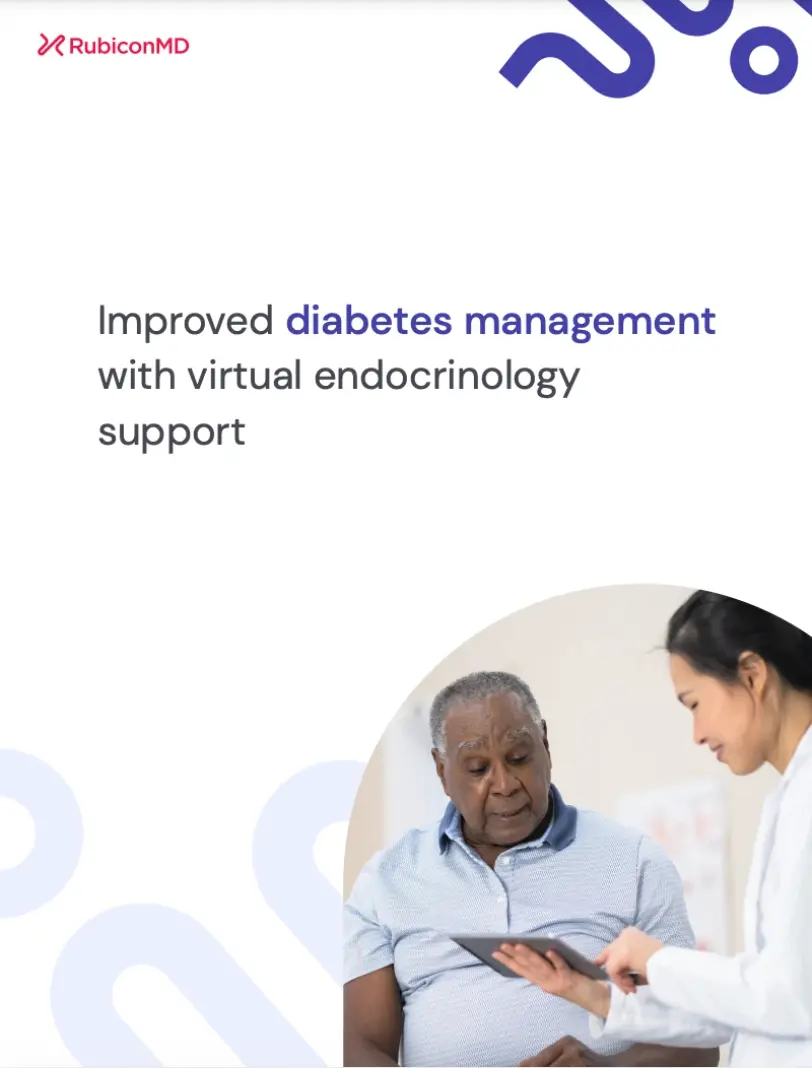eConsult Transcript
PCP submission
52 year old Hispanic obese female here today with A1C of 11. Hx significant for HTN and Hyperlipidemia. Currently only taking metformin 500mg BID. Fasting glucose is 240.
What medication options would you recommend to be added to her regimen?
Specialist response
If a patient like this presented to me, these would be my general thoughts: Great question. I’d start by going to the full 1000 BID on her metformin as long as her stomach can tolerate it and as long as her GFR is 60 ml/min.
We’ve also started putting nearly every patient on Metamucil (psyllium husk) 1 tablespoon daily in water, since it appears to lower the A1c by ~0.6%, roughly equivalent to DPP-4 inhibitors like sitagliptin.
After that we have to divide our choices by cost and by CVD risk. If the patient has limited resources, then a sulfonlyurea like glimepiride is a good choice. SFUs have some potential of increasing CVD risk, though, so watch out for that. Pioglitazone is CVD risk neutral or maybe even slightly protective (and cheap), but has some potential for fractures and weight gain that is problematic in many. Another low-cost choice is basal insulin like NPH given at night starting at 0.25 units/kg/day and titrated up gently according to the attached Bergenstal titration until her first-morning BG is <130 mg/dl.
But if she has resources and would like to try something that might reduce weight, we have two options:
First, a GLP-1 agonist like daily liraglutide or weekly semaglutide, either one titrate to the maximum tolerated dose, is a good choice. They also reduce CVD risk. Or other high-cost meds that are weight negative and reduce CVD risk are the SGLT-2 inhibitors like empagliflozin and canagliflozin. Any could be started at the maximum dose. The risk of hypoglycemia with GLP-1 agents or with SGLT2 inhibitors is negligible.
If her A1c is still unacceptably high after three months of two oral agents I’d initiate the basal NPH at bedtime then, as outlined above.
I hope that’s helpful. Please message me back if any of this is unclear or incomplete, or if new issues come up with your patient’s care.
